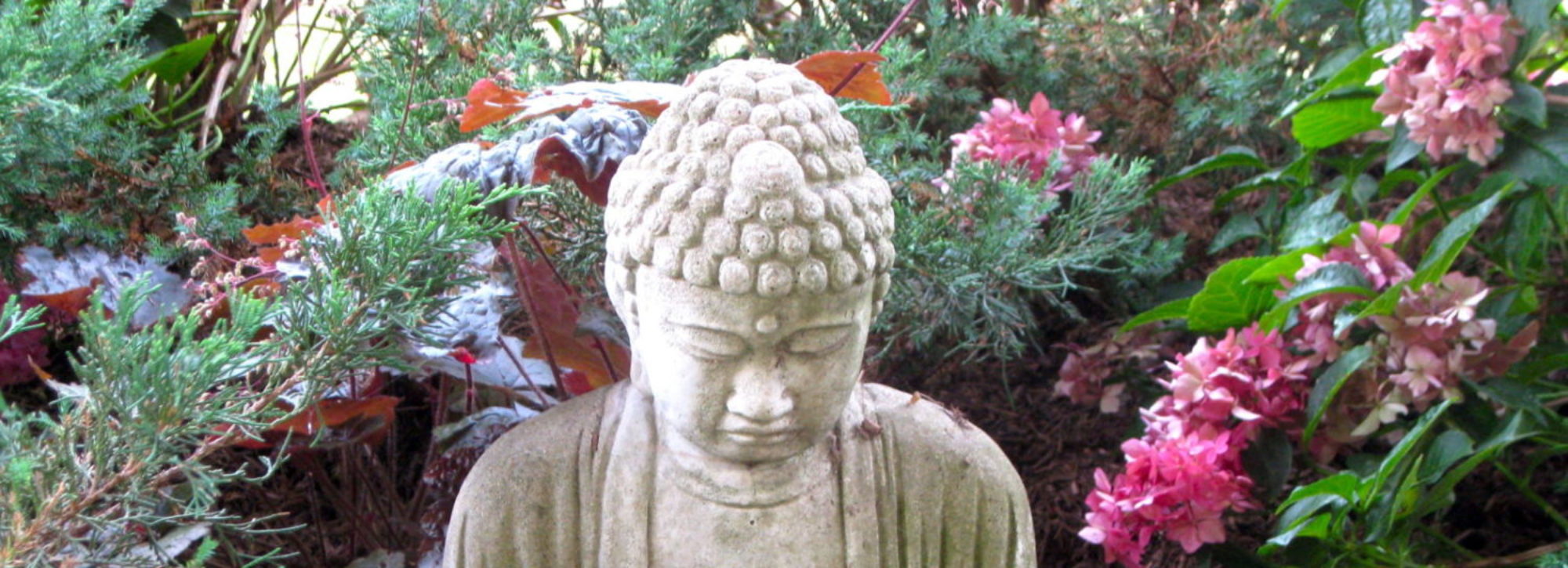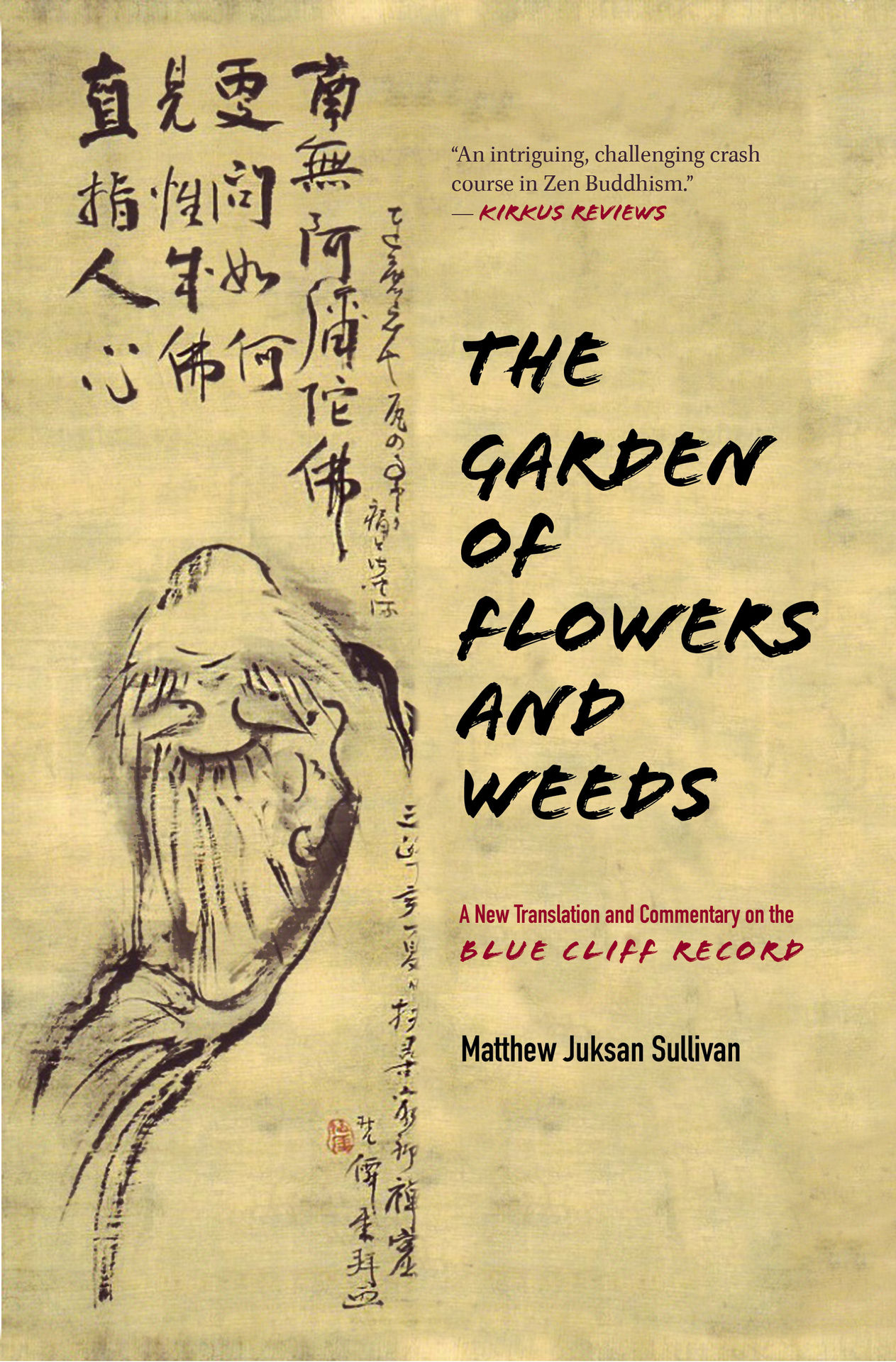Two years ago a representative from the Monkfish Book Publishing Company based in Rhinebeck, New York asked if I would review The Garden of Weeds and Flowers: A New Translation and Commentary on The Blue Cliff Record (2021) written by Korean Jogye Order Zen teacher Matthew Juksan Sullivan. I let the publisher know I probably wouldn’t get around to writing a review right away—I was pretty busy at the time—and they said that was all right. Then, in all my busyness, I never got around to the review. Which is a genuine shame, because I have kept this book constantly by my side for the past two years and consult it frequently.
Thomas and J.C. Cleary’s 2005 translation of The Blue Cliff Record already exists, so why do we need another? One reason is that English-language translators of koan collections often make complex and questionable decisions as to how best to translate them from the medieval Chinese. When you compare the Chinese koans with their English-language translations you often end up scratching your head about the choices made. It helps to have several translations to compare alongside the Chinese.
But the main thing about The Garden of Flowers and Weeds is that it is a very user-friendly book. Sullivan provides an excellent introduction at the beginning and is a helpful presence throughout. He is the reader’s constant and trustworthy companion. His commentaries on the koans are his own personal takes — you may or may not agree with them — but he demystifies what would be baffling to the beginning reader, clarifies the background and context of each koan and (in endnotes) coments on the idiosyncrasies of the Chinese language. Most importantly, he shows how these koans can illuminate our practice and lives. I also appreciate that Sullivan is able to take on the role of critic when the interpretational tradition runs counter to what he views as the essential teachings of Zen. He doesn’t shy away—for example—from being appalled by Nanquan’s cutting the cat in two in Case 63, or by the beatings and blows Zen masters shower upon their students.
Sullivan provides helpful material in the back of the book including meditation instructions, a lineage chart, glossary, and bibliography. Sullivan does not provide the complete record of Xuedou’s and Yuangwu’s prose commentaries on the koans— if you want the complete text of The Blue Cliff Record, the Clearys’ book is still the way to go. On the other hand, if you want a thoughtful introduction to the koans written in clear, direct, and fresh English, accompanied by someone knowledgeable about both Zen practice and the Zen historical tradition, this book is an excellent choice. It is a significant contribution to the English-language koan literature, and one that Zen students will continue to treasure.

